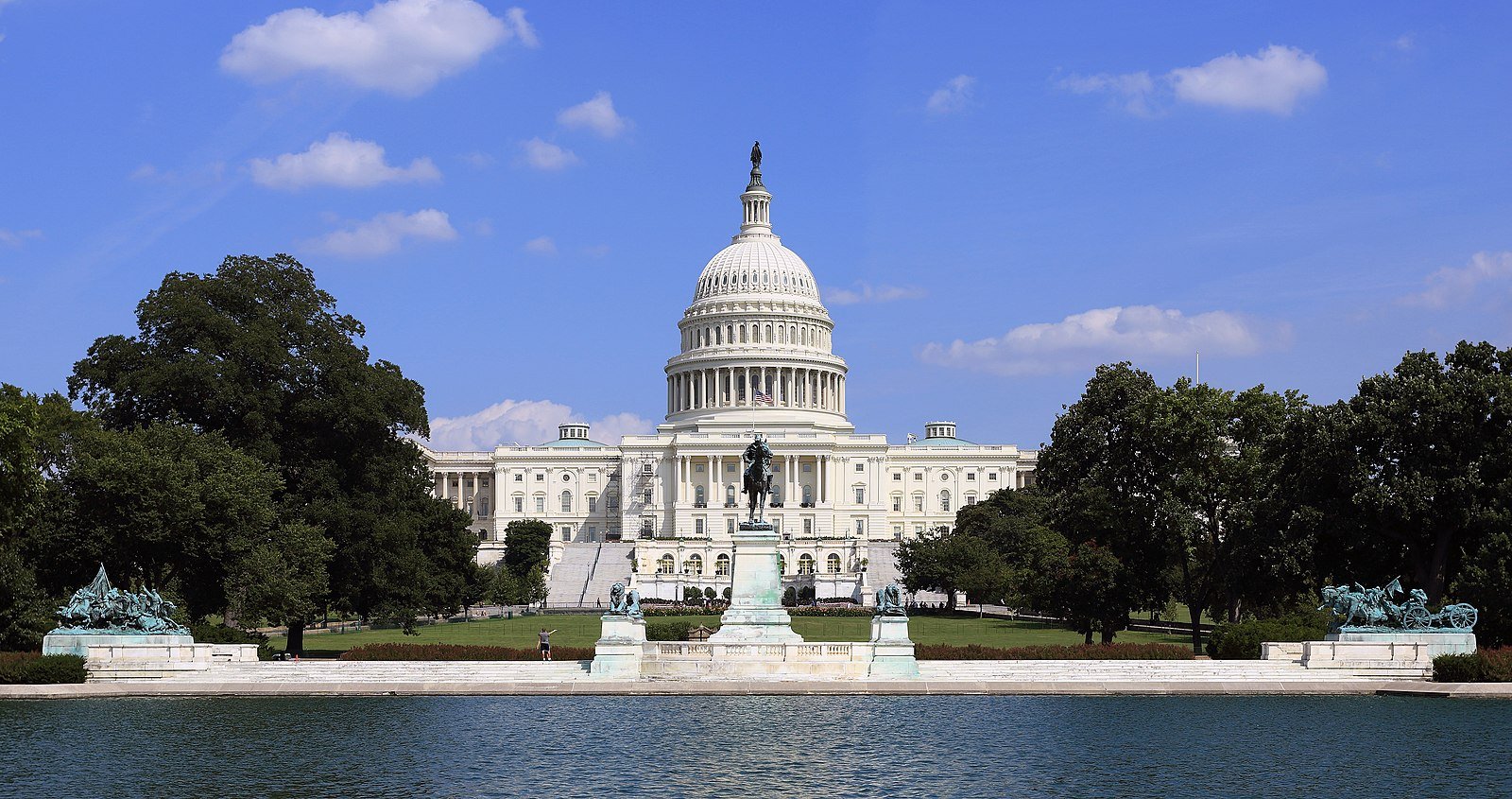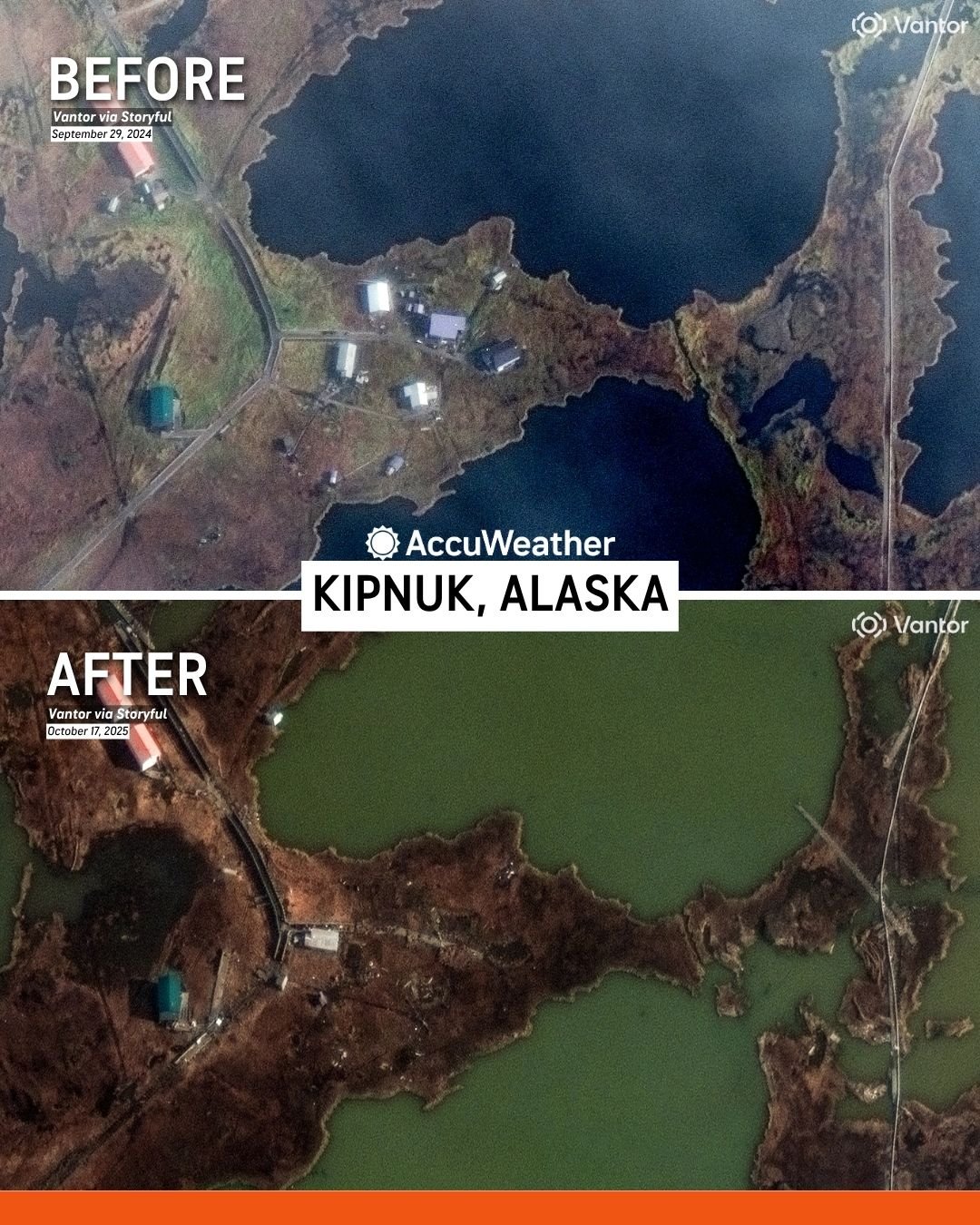By [Gina Hill| October 9, 2025
Washington, D.C. – As the U.S. government shutdown extends into its second week, internal agency documents and public statements shed new light on how federal operations are being scaled back — and how the administration is asserting federal authority using troops in U.S. cities, a move of high controversy and unclear legal grounding.
IRS & Treasury: Inside the Furlough Plan
- The Treasury Department publishes a “Lapse in Appropriations Contingency Plans” repository, which includes the IRS Shutdown Contingency Plan.
The IRS plan shows that, as of July 24, 2025, the agency had 74,299 employees. Of those, 39,870 (≈ 53.6 %) are designated as “exempt” (to remain working) during the lapse. That implies the rest (~46.4 %) will be furloughed.
(Source: Treasury.gov “Treasury IRS Lapse Plan” PDF) - On October 8, 2025, an IRS memo to employees (from the acting Human Capital Officer, David Traynor) made the furlough explicit. It states:“You will be furloughed beginning today, October 8, 2025.”
It cites the legal basis under 5 CFR Parts 752 and 359, noting that employees will be in non-pay, non-duty status during furlough.
(Source: IRS memo, FOIA release on IRS.gov) - The IRS plan also includes a “Servicewide Summary of Shutdown Impact” (Appendix B), laying out which categories of work remain funded by non-appropriated sources or are deemed essential (e.g. paying refunds, enforcement for criminal investigations).
We now have direct primary evidence that about half of IRS employees are furloughed, with the rest continuing in essential or funded functions.
DOJ & Department of Justice Contingency Plans
- The Department of Justice has publicly released a “Lapse in Appropriations Contingency Plan” (FY 2026). That plan indicates 102,291 DOJ employees would continue to operate (i.e. be “excepted”) in the first five days of a funding lapse. This large share suggests most DOJ functions are intended to persist despite the shutdown.
(Source: DOJ.gov contingency plan PDF) - The DOJ also provides a “Lapse in Appropriations Employee Reference Guide” which outlines which tasks are legally permitted in a lapse, under the Antideficiency Act, and how exceptions (“excepted work”) are determined.
(Source: DOJ.gov employee reference guide PDF)
These documents confirm that DOJ has a structured, legal framework to sustain core law enforcement, prosecutorial, and criminal justice activities even in a funding lapse.
Troops in U.S. Cities: What Is Known and What’s Unverified
While the IRS and DOJ provide direct internal documentation, the deployment of National Guard or federal troops inside U.S. cities remains contested, and official public documents from DHS, Defense, the White House, or OMB have not fully validated every media claim. Below is a summary of what is publicly confirmed, what is in dispute, and what lacks primary documentation.
What is public / reported
- Multiple media outlets (e.g. Reuters) report that 500 National Guard troops (200 from Texas, 300 from Illinois) have been deployed to the Chicago area, tasked with protecting federal personnel and property—particularly ICE facilities. (e.g. Reuters: “National Guard poised to enter Chicago…”)
- Illinois and Chicago officials filed lawsuits seeking to block the deployment, arguing it violates constitutional limits on federal power over states.
- In a related case, a judge in Oregon has temporarily blocked deployment of National Guard troops to Portland, citing lack of evidence justifying military intervention in domestic matters.
- President Trump has invoked the possibility of using the Insurrection Act to justify federal force domestically.
What remains unverified from .gov sources
- I have not found a public Department of Defense, DHS, or White House memorandum explicitly deploying troops to Chicago or other cities under this shutdown agenda.
- No .gov document I located confirms that funds to certain states were frozen by executive order as part of the shutdown (a claim made in media coverage).
- While there is a White House “Frequently Asked Questions During a Lapse in Appropriations” document, this speaks to general rules under the Antideficiency Act (e.g. that agencies cannot incur new obligations unless in emergencies) — it does not address troop deployments. (Source: WhiteHouse.gov FAQ PDF)
- A 2025 presidential action titled “Security for the Protection of Department of Homeland Security Functions” notes that protests that threaten federal immigration or detention facilities may justify security operations. (Source: WhiteHouse.gov) This may provide legal rationale, but does not explicitly assign or deploy troops in particular cities in the context of the shutdown.
Thus, while the deployment narrative is widely reported, the direct government documentation confirming all facets of it is incomplete or not publicly disclosed.
What This All Means
The government’s own documents, especially from the Treasury/IRS and DOJ, give us concrete visibility into how shutdown mechanics are unfolding: large portions of IRS operations are suspended, essential functions continue, and DOJ retains a vast “excepted” workforce to maintain law enforcement and judiciary operations.
On the other hand, the more contentious use of troops domestically remains in a gray area. Media reports and legal filings suggest active deployments and federal assertiveness, but definitive, detailed .gov orders or memos backing all of those claims have yet to be uncovered.
In short: the rules of a shutdown are clear and documented, but its expansion into militarized domain operations is still only partially validated in public government records. Whether these deployments are lawful, sustainable, or subject to legal challenge will likely be sorted in the courts, and in further disclosures.




